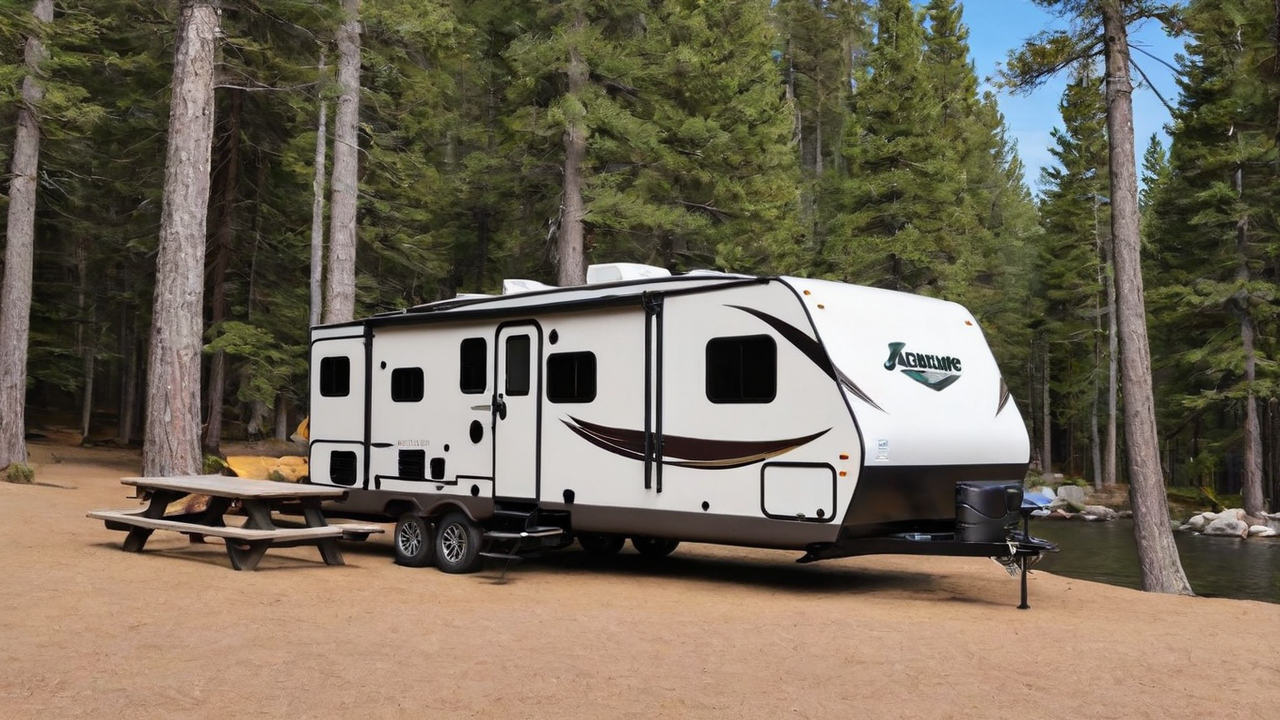Crafting an Ultimate User Experience: Design Principles for Camping Software

Understanding The Users
Knowing whom the intended audience is essential in creating an efficient user's interface. It's important to consider the requirements, likes, and technology competence. Such understanding guides the design decision, ensuring that the software is user-friendly and intuitive.
Understanding the users likewise implies recognizing their obstacles and the way they intend to use the campground software. This allows the designers to customize functions and capabilities that meet specific needs, therefore making your application not only useful but also indispensable.
Simplifying the Navigation System
Streamlining the navigation can be a critical aspect of user interface designing. A intuitive menu system makes sure users can easily locate what they're looking for, reducing frustration and enhancing user satisfaction. It's about the experience inside the app as smooth and effortless as possible.
Furthermore, effective navigation guides users through your software, showcasing features and capabilities that they otherwise would overlook. Such an approach not only improves usability but also encourages deeper interaction with the campground software's full range of features.
Integrating High Quality Graphics
Visuals play an important part in designing an attractive user interface. They assist in breaking text and can also convey functions in a more efficiently than words alone. Selecting the appropriate images, icons, and colors can greatly boost the look of the application, thereby making it more pleasing to the eye.
Additionally, a consistent visual style is for building brand identity and trustworthiness amongst your users. Every component ought to be in alignment with your brand’s values and the message of your application, creating a seamless user experience that is both polished and inviting.
Improving the Responsiveness
In the current tech world, people expect campground software to be responsive on every platforms, from desktop computers to mobile phones. A adaptive interface makes sure that no matter of the device size, the application offers an optimal user experience. It not only boosts accessibility but likewise caters directly to the audience's on-the-go lifestyle.
Furthermore, enhancing the responsiveness can also lead in better speed, decreasing load times and avoiding frustration. Visitors appreciate a fast and smooth experience when using campground applications, which makes speed a crucial component in satisfaction levels.
Optimizing the Search Functionality
Finding data quickly is crucial in any kind of software, particularly in campground management. Enhancing your search functionality permits users to quickly discover what they're searching for, which in turn enhances their satisfaction and efficiency. By incorporating advanced search capabilities, you reduce the frustration and increase overall satisfaction.
Furthermore, advanced search options like filtering options and tagging can aid in narrowing down results, making the process even effective. Introducing these functionalities shows an understanding of the users' needs and a commitment to enhancing the user’s interaction with your campground system as seamless and effective as possible.
Focusing on User Security
Protecting user information is always non-negotiable when coming to developing campground programs. Your users expect to be secure when inputting their private information. Ensuring robust security measures not only protects their information but likewise builds a sense of trust between the user and the company.
In addition to standard security features like passwords and encryption, it's important to consider implementing additional security measures such as two-factor authentication or biometric logins. These features provide additional layers of protection, ensuring that customer information is kept secure from unwanted access.
Leveraging User Feedback
Gathering feedback is crucial for the continual development of the campground program. It allows the developers to grasp what works, what doesn’t work, and how the application can be improved to better meet user expectations. This type of feedback creates a partnership between the customers and the development team, which makes them feel they are actively part of the software’s journey.
Taking feedback wisely can result in significant improvements in UI design and overall UX. Making changes based on actual input proves that the company cares about its customers and is committed to providing a high-quality experience.
Keeping the Simplicity
In design, simplicity is fundamental. An unnecessarily complicated interface can overwhelm users, leading in an negative UX. Keeping things simple, on the other hand, makes the software easier to understand and navigate. This encourages greater user engagement and satisfaction.
Additionally, maintaining simplicity should extend to the content and features. Avoid unnecessary features that do not contribute real value can help ensure that your interface remains clean and focused on the core requirements of the users. By, you design a more streamlined and effective user experience that get more info resonates with the audience.